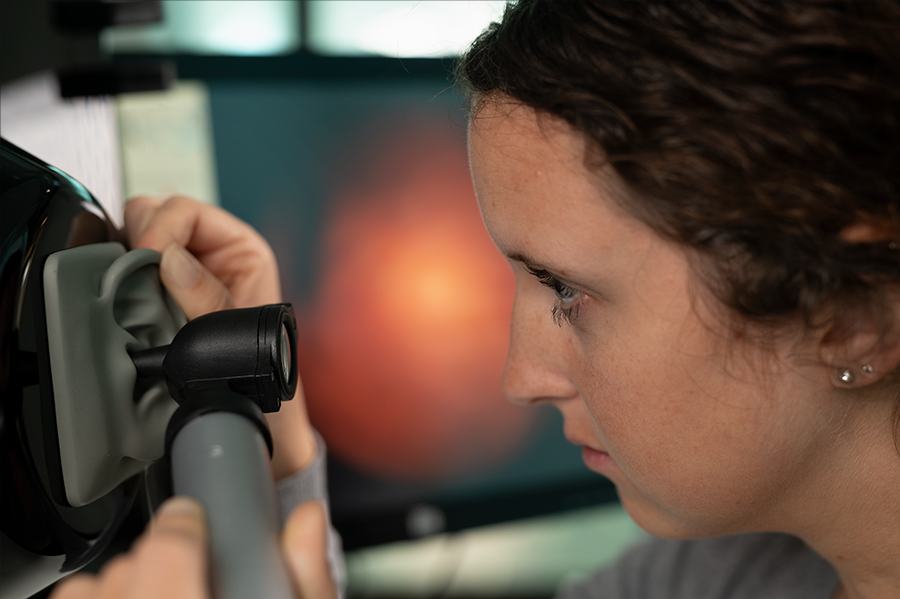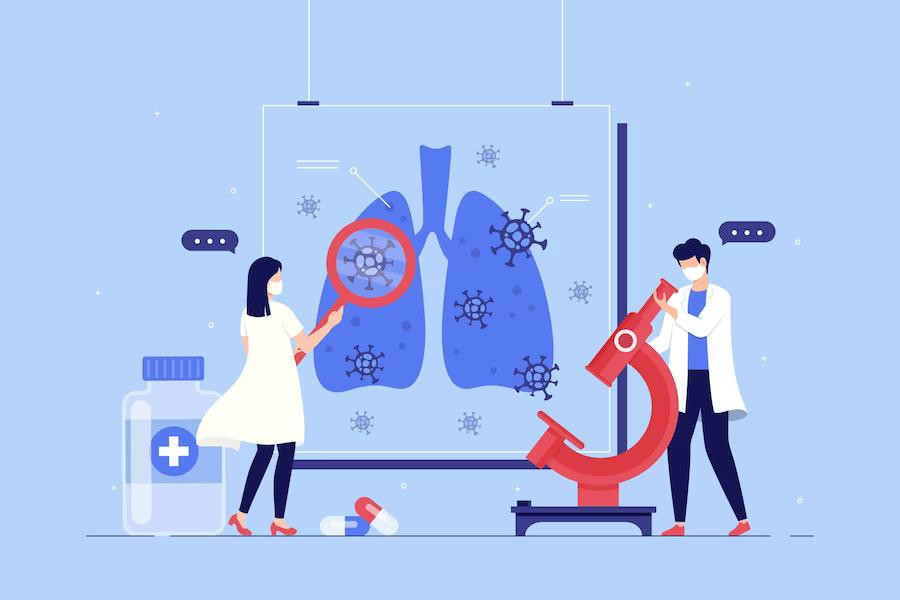Simulating Human Physiology Ear, Lung, and Full-Body Patient Simulators
Medical research and device testing rely heavily on simulation technologies to ensure precision and effectiveness. Ear simulators, human lung simulators, and full-body human patient simulators play vital roles across diverse fields like audiology, respiratory care, and medical education. These simulators recreate critical aspects of human anatomy, helping professionals assess and improve equipment performance and hone clinical skills. Let’s explore these simulators in detail.
An ear simulator replicates the acoustic behavior of the human ear, mimicking the ear canal and eardrum response. This technology is primarily used for testing earphones, hearing aids, and headphones, ensuring sound quality meets the standards of human hearing. Audiologists and audio engineers rely on ear simulators to measure sound leakage, distortion, and frequency response.
These simulators also help manufacturers fine-tune audio devices to create more comfortable and accurate listening experiences, ensuring they perform optimally under real-world conditions. With precise calibration, ear simulators offer valuable insights into both consumer and medical-grade hearing equipment.
Human lung simulators are designed to replicate the physiological behavior of human lungs, making them essential for testing respiratory equipment and devices. These simulators mimic lung functions such as inhalation, exhalation, and oxygen exchange, offering insights into how ventilators, CPAP machines, or oxygen masks perform under different conditions.
Medical researchers and device manufacturers use lung simulators to test ventilators during emergencies or specific health conditions, such as asthma or chronic obstructive pulmonary disease (COPD). Additionally, these simulators help ensure patient safety by identifying potential issues in device functionality before they are deployed in real-life scenarios.
Full-body human patient simulators are lifelike mannequins that recreate a real patient's anatomy and physiological responses. These simulators are crucial tools in medical education, allowing healthcare professionals and students to practice clinical procedures, patient assessments, and emergency interventions without risking patient safety.
Equipped with sensors, these simulators can mimic a wide range of medical conditions, including heart attacks, respiratory distress, and trauma injuries. Trainers can monitor the performance of medical teams in real time, refining their skills and decision-making abilities. The use of full-body patient simulators significantly reduces errors during actual patient care by providing a realistic, risk-free learning environment.
From audiology to respiratory care and advanced medical training, simulators play a transformative role in both product development and healthcare education. Ear simulators ensure audio devices align with human hearing, lung simulators enhance the reliability of respiratory equipment, and full-body human patient simulators provide immersive learning experiences for medical professionals. Together, these technologies pave the way for more precise devices, safer patient care, and improved clinical outcomes. As simulation tools continue to evolve, they will further bridge the gap between theoretical knowledge and real-world application.
For more info: https://www.mavericsolution.com/




Comments
Post a Comment